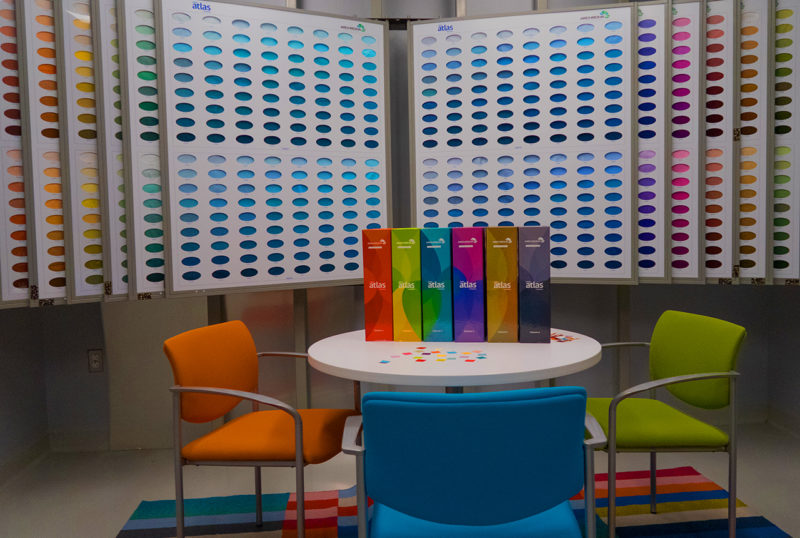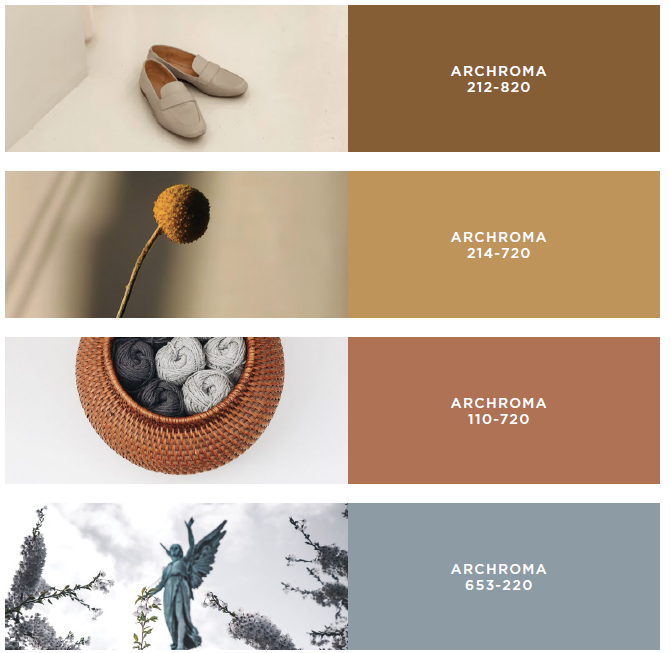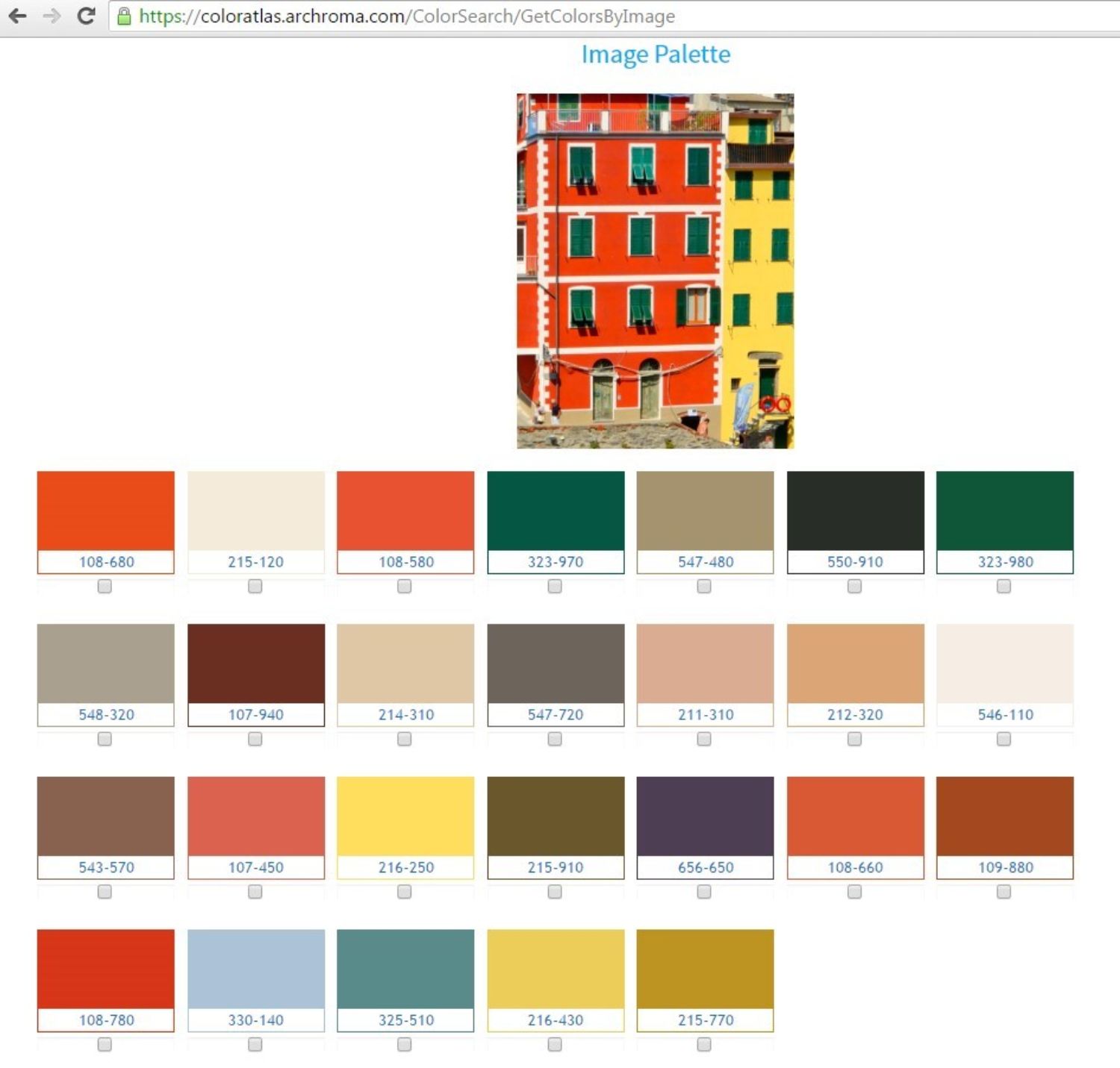
Rising standard of living is aiding the growth of the market In fact, during economic crises, the textile industry in China witnessed a slight growth due to the dominance which is attributed to cheap labor availability and flexible environmental and government legislations enforced to produce textiles and apparels. China, the leading country in the APAC region is a leading player in the Global Textile chemicals Market. With the boom in manufacturing of textiles, textile chemicals market started getting the traction from investors across the globe.ĪPAC has pioneered in manufacturing of textile chemicals and supplying to the other regions of the world which have either shut down their production sites or cannot economically afford running the machineries to produce the textiles. However, with time, technology penetrated the market and new players begun setting up their plants to manufacture textiles. Prices were dynamic as installation of manufacturing facilities was happening in very few parts of the globe, eventually making the market more anticompetitive. Historically, limited regions across the globe had enough potential to produce the textiles that could satisfy the needs of the consumer. So, it is plausible that growing population across the globe will help the market escalate as demand will increase with the rise in population.ĭevelopment in the infrastructure facilities in APAC region Population and consumption usually go hand in hand.


Population, in general, is increasing across the world and will follow the same trend in the upcoming years. One prominent factor behind the growth of consumerism of textile chemicals market is the population and people across the world seems to be heavily dependent on textile chemicals and their end applications. Growing population and increasing consumption With the inclusion of modern low-impact materials and technologies, as well as strategies based on circular economy, sustainability has remained a significant concern for global textile chemicals market. Governments of various countries are levelling up their trade potential in textile chemicals market. Home textile industry and apparel industry has witnessed higher demand which is driving the growth of textile chemicals market. Textile industry is also benefitting from the emergence of modern technologies required to manufacture textile chemicals. Textile chemicals are in huge demand due to their seamless applications across a wide range of industries. The expansion of the textile chemicals market has been fueled by increasing consumption across the globe. Since the beginning of the textile industry, efforts have been made to create long-term value in the lives of people. The global textile chemicals market is expected to reach at a value of USD23.94 billion in 2027 growing at a CAGR of 5.85% due to increasing capacity utilization in apparel industry. 05, 2022 (GLOBE NEWSWIRE) - The "Global Textile Chemicals Market By Type, By Application, By Region, Competition, Forecast and Opportunities, 2017-2027" report has been added to 's offering. Each color from the Color Atlas by Archroma is available for purchase from Archroma Management GmbH, Pratteln/Switzerland, as a physical color standard that includes precise digital data and access to global dyeing technical support.Dublin, Oct.


The Color Atlas by Archroma was launched in 2016 to provide fashion designers and stylists with off-the-shelf color inspiration that can be implemented in production with just a few clicks.Īll color references available in the Color Atlas have been formulated with products that comply with leading international eco-standards and can be selected based on the desired sustainability profile.
#ACHROMA COLOR SOFTWARE#
ase (for Adobe Swatch Exchange) files are used to upload, share and access colors through the swatch palette of design software such as Photoshop, Illustrator and most computer-aided design (CAD) systems. With this, designers and stylists are given open access to the largest library of colors for cotton and polyester.ĪSE or. The 5,760 color references of Archroma’s Color Atlas library will be available in ASE file format for open access to the users of most design software for fashion, apparel, and textiles.


 0 kommentar(er)
0 kommentar(er)
